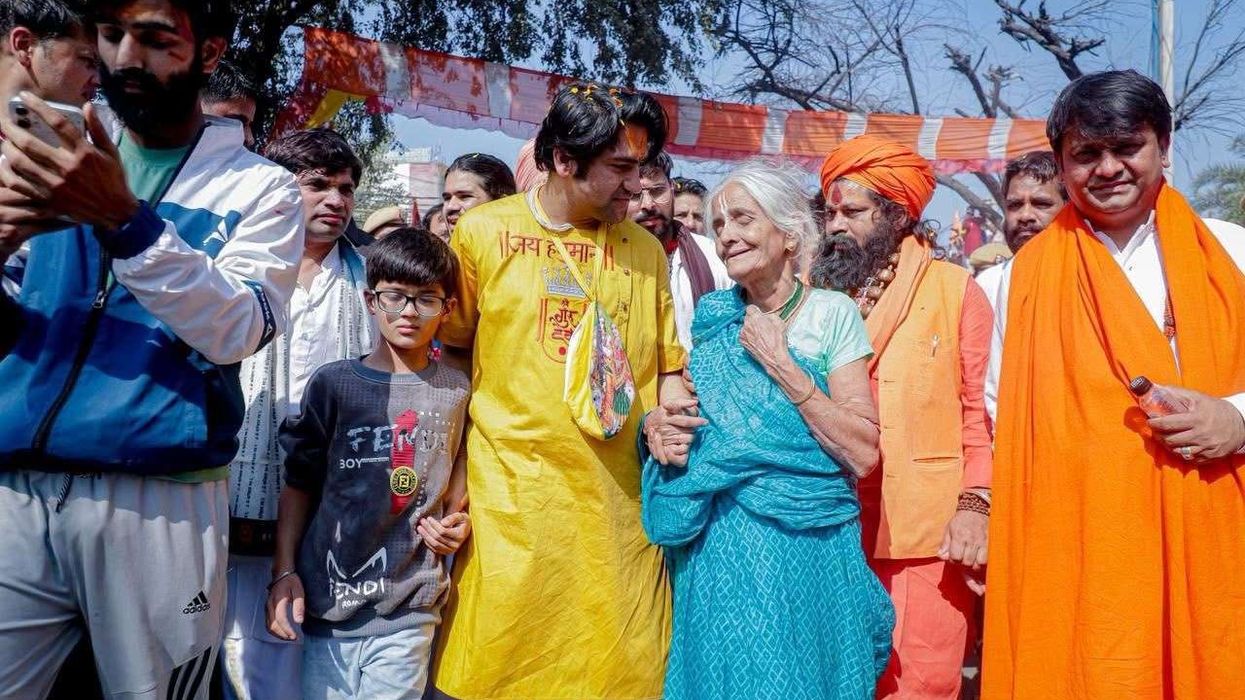Acclaimed filmmaker Vishal Bhardwaj is set to foray into long-format with the series adaptation of Agatha Christie's novel The Sittaford Mystery set at Sony LIV.
Titled Charlie Chopra & The Mystery Of Solang Valley, the Sony LIV’s original is backed by Vishal Bhardwaj Pictures along with Priti Shahani’s Tusk Tale Films in association with Agatha Christie Limited.
The series boasts an impressive ensemble cast featuring Wamiqa Gabbi, Priyanshu Painyuli, Naseeruddin Shah, Neena Gupta, Ratna Pathak Shah, Gulshan Grover, Lara Dutta, Chandan Roy Sanyal, and Paoli Dam among others.
Set in the snow-capped mountains of Himachal Pradesh, the show will follow the journey of Charlie Chopra and her quest to uncover a deep mystery.
Bhardwaj will direct and co-produce the series. He will also serve as co-screenwriter, alongside Anjum Rajabali and Jyotsna Hariharan.
"I grew up devouring all Agatha Christie mysterious tales. Her plots, characters, and setting remain unparalleled in the genre and continue to excite storytellers even today," the filmmaker, known for adapting William Shakespeare's "Macbeth" (Maqbool), "Othello" (Omkara) and "Hamlet" (Haider) for the big screen, said in a statement.
"It has been an incredible journey collaborating with James Prichard, great-grandson of Agatha Christie, who always brought unique perspectives to our team. Sony LIV and Priti Shahani have been the perfect partners for me to adapt this thrilling and mysterious world," he added.
Saugata Mukherjee, Head Content SonyLIV said they are thrilled to adapt "The Sittaford Mystery" with Bhardwaj on board.
"Detective fiction has been a perennial favourite with our audience and what better than an Agatha Christie novel. We are delighted to be bringing one of her classics 'The Sittaford Mystery' adapted rather skilfully in an Indian setting by none other than Vishal Bhardwaj. We are thrilled to have Vishal onboard as his ingenuity in adapting literary classics remains unrivalled," she said.
James Prichard, CEO, Agatha Christie Limited, said he is excited that his grandmother Christie's fans in India will now have their own adaptation of "The Sittaford Mystery".
"My great grandmother has many fans in India and I am really excited for them to enjoy this adaptation by Vishal Bhardwaj which takes the story of The Sittaford Mystery and reimagines it in India," he said.
Prichard, Basi Akpabio, and Leo Dezoysa will serve as executive producers on the show on behalf of Agatha Christie Limited.
(PTI)
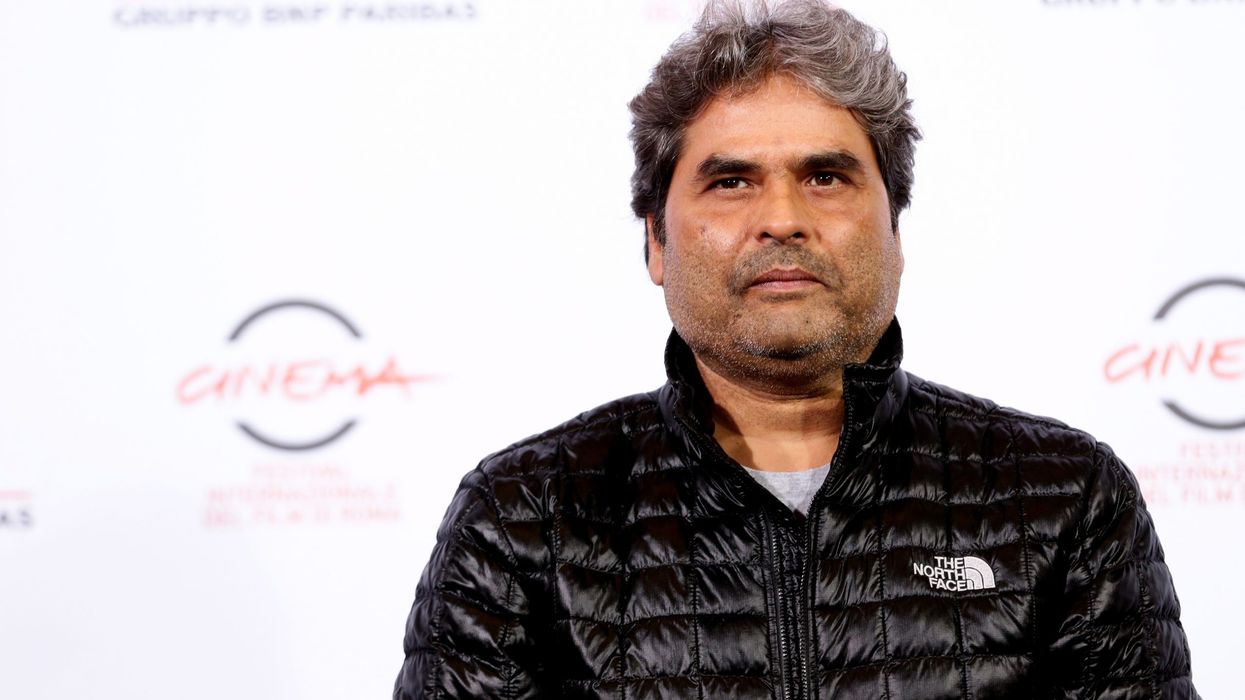




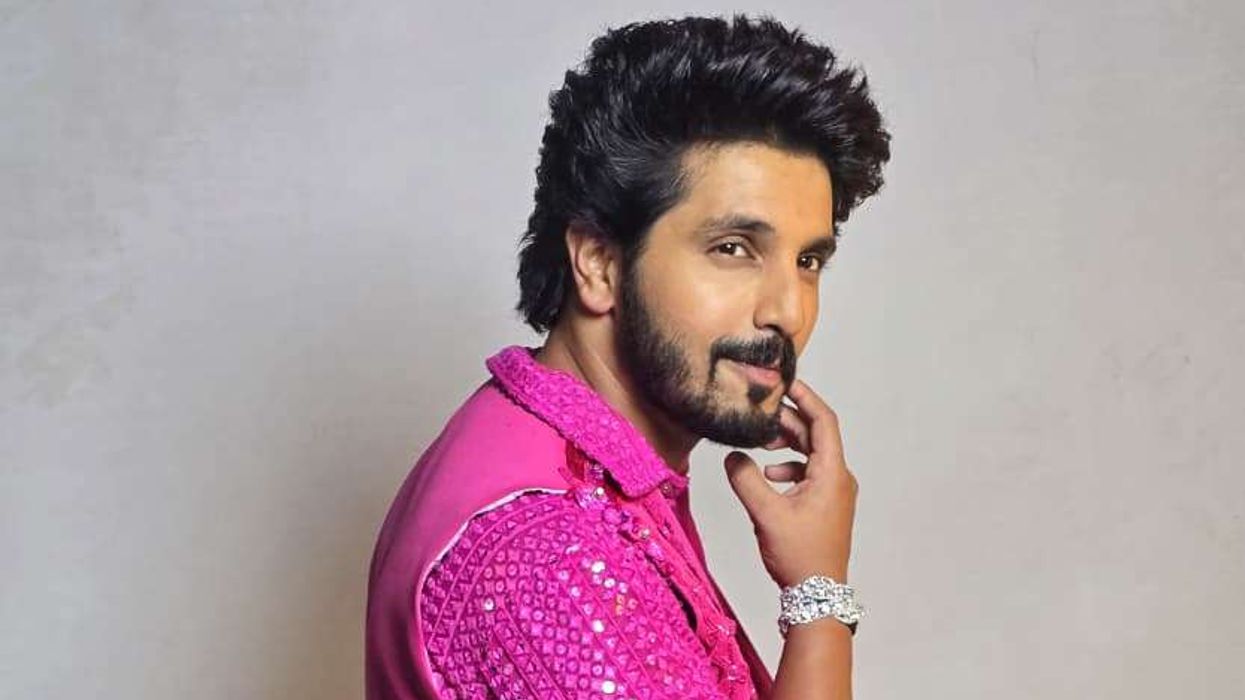
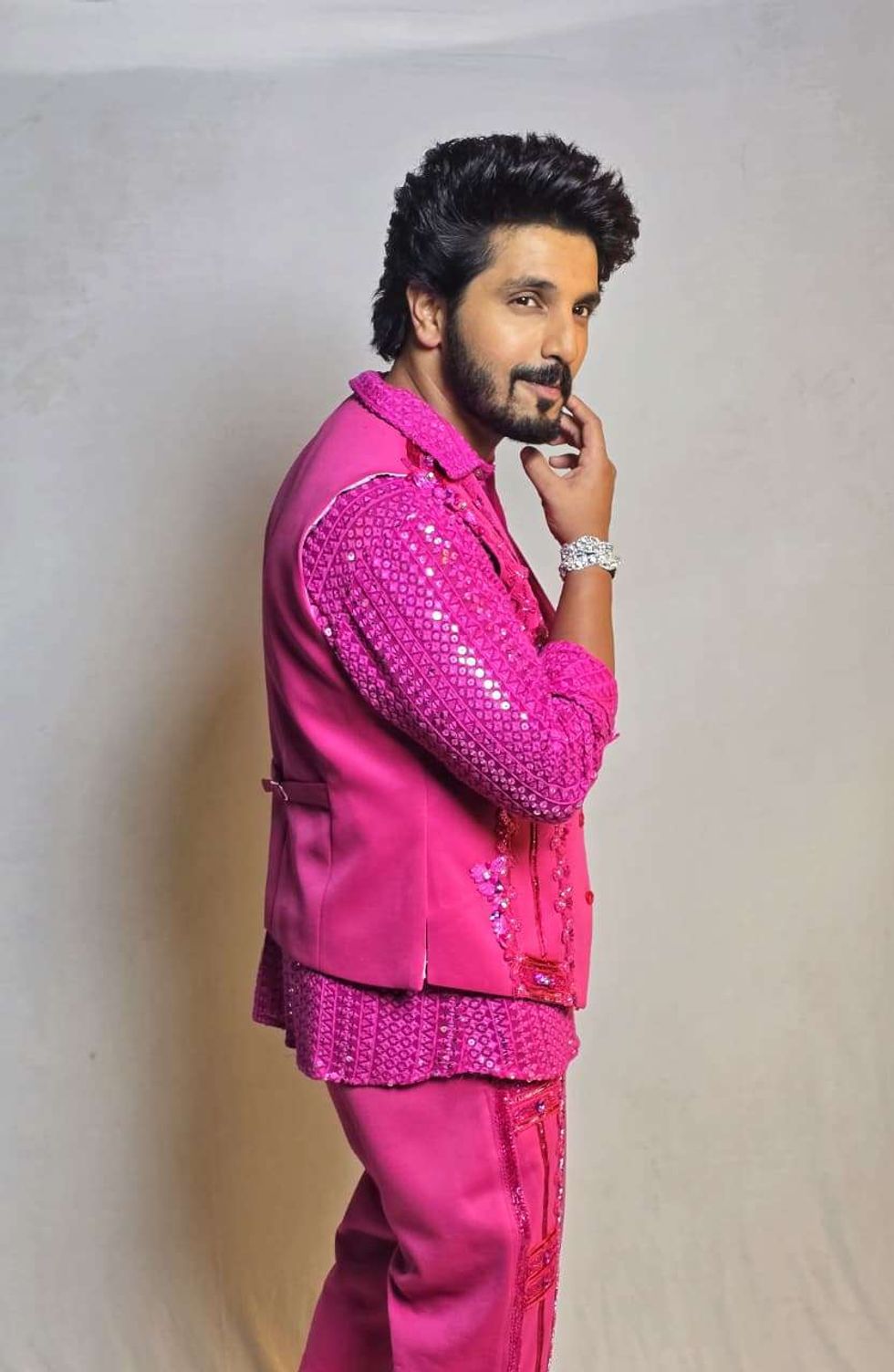 Kanwar Dhillon Reflects on 10 Career-Defining Moments
Kanwar Dhillon Reflects on 10 Career-Defining Moments  From Debut to Awards: Kanwar Dhillon’s Journey
From Debut to Awards: Kanwar Dhillon’s Journey 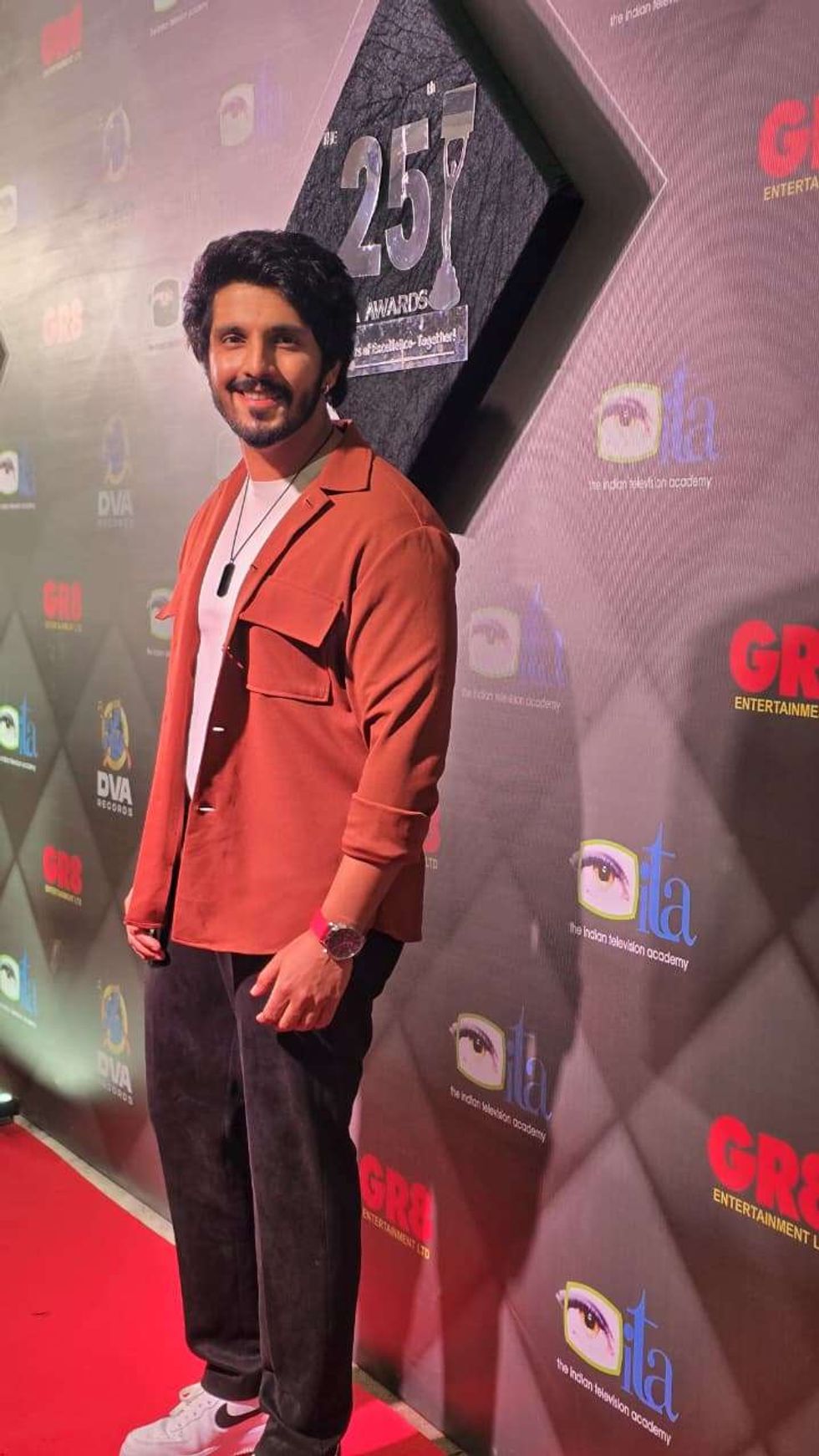 Kanwar Dhillon Looks Back on a Decade of Work
Kanwar Dhillon Looks Back on a Decade of Work
